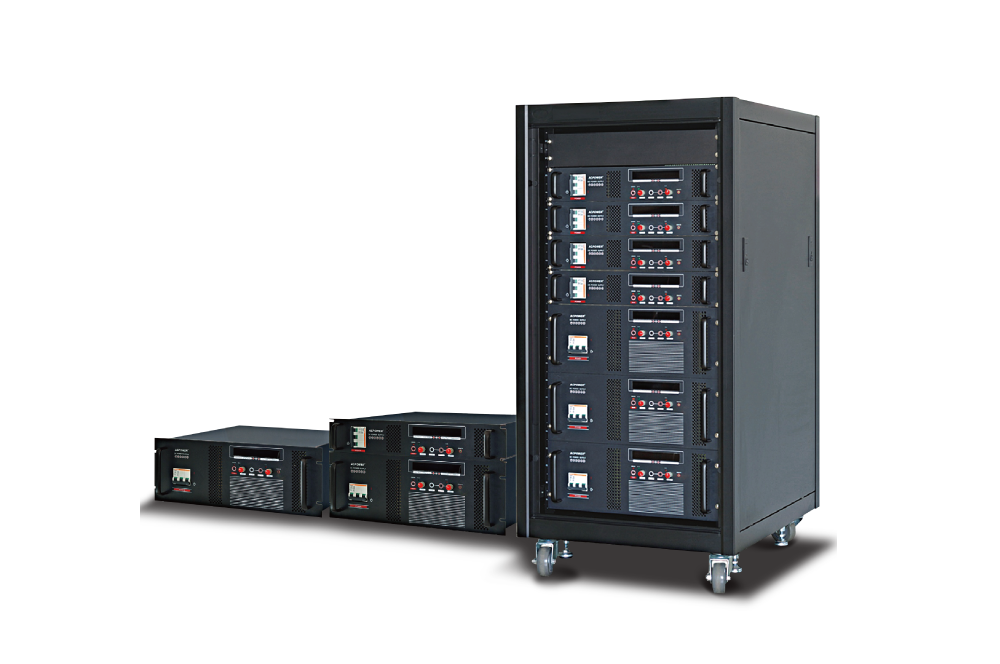As the demand for efficient energy storage solutions rises, the choice between rack-mounted and stackable lithium batteries can have significant implications for your project. This article will compare these two configurations based on performance, cost, and space efficiency.
1. Performance and Power Density
In terms of performance, both rack-mounted and stackable lithium batteries offer similar power density and energy efficiency. The key difference lies in how these systems are integrated into the overall energy solution.
Rack-mounted systems generally allow for better thermal management, as airflow can be designed around the rack to keep the batteries cool during operation. This is particularly important for high-power applications like data centers or large industrial setups, where heat management is critical.
Stackable systems might not offer the same level of thermal management, as stacked units may trap heat between them, potentially affecting performance over time. For small to medium-scale applications, however, this difference might not be noticeable.
2. Space Efficiency
Rack-mounted batteries are designed to be installed in vertical racks, which helps save floor space. However, these systems require dedicated rack structures, which could add to the overall footprint. In environments where space is not a constraint, rack-mounted systems can be an efficient solution.
Stackable batteries, on the other hand, are inherently space-saving. Since they can be stacked vertically without additional infrastructure, they offer a compact solution ideal for locations with limited space. For residential or small commercial setups, stackable batteries maximize the available area while maintaining good power output.
3. Cost Considerations
Cost is a critical factor when choosing between these two types of battery systems. Rack-mounted lithium batteries tend to have higher upfront costs due to the need for additional racking and professional installation services. However, for larger installations, the cost per kilowatt-hour (kWh) may be lower due to economies of scale.
Stackable batteries usually come with lower upfront costs, as they don’t require a separate rack for installation. However, their overall cost might increase for larger setups, as height and weight limitations may require more units, thus driving up the total system cost.
4. Long-Term Investment and Durability
In terms of long-term investment, rack-mounted systems are often built for large-scale, industrial-grade use, making them more robust for long-term energy storage needs. They are typically designed for higher capacity and can accommodate frequent cycling without significant performance degradation.
Stackable systems are generally geared toward residential or smaller commercial applications. While they are durable, they might not match the lifespan and heavy-duty nature of rack-mounted systems, making them less ideal for high-frequency usage or large-scale power storage over many years.
If cost and space efficiency are your primary concerns, stackable lithium batteries might be the better choice, especially for smaller-scale or residential applications. However, if performance, thermal management, and long-term investment are more critical for your energy storage project, rack-mounted systems offer superior durability and scalability. Ultimately, the best choice will depend on the specific needs of your project.


